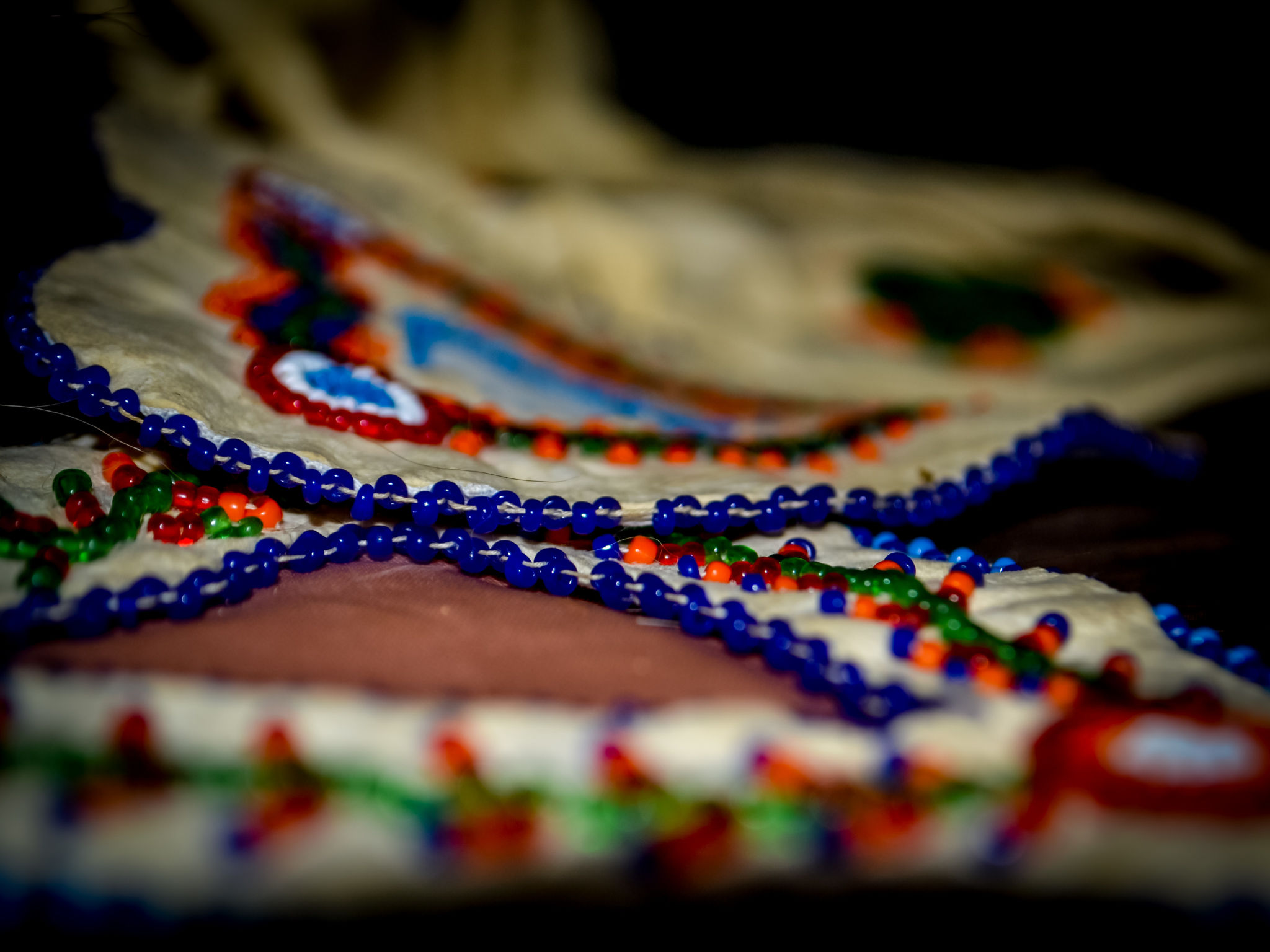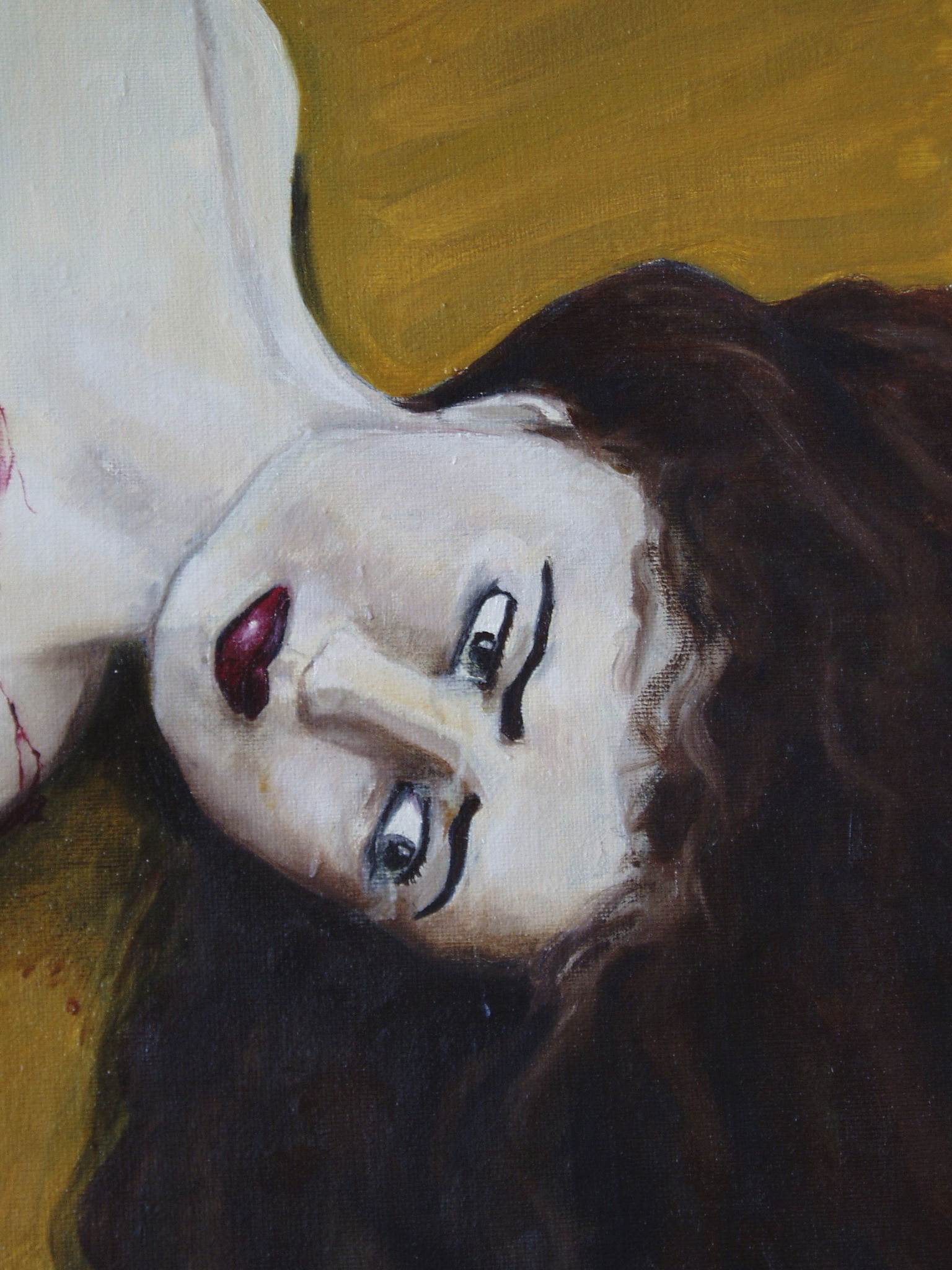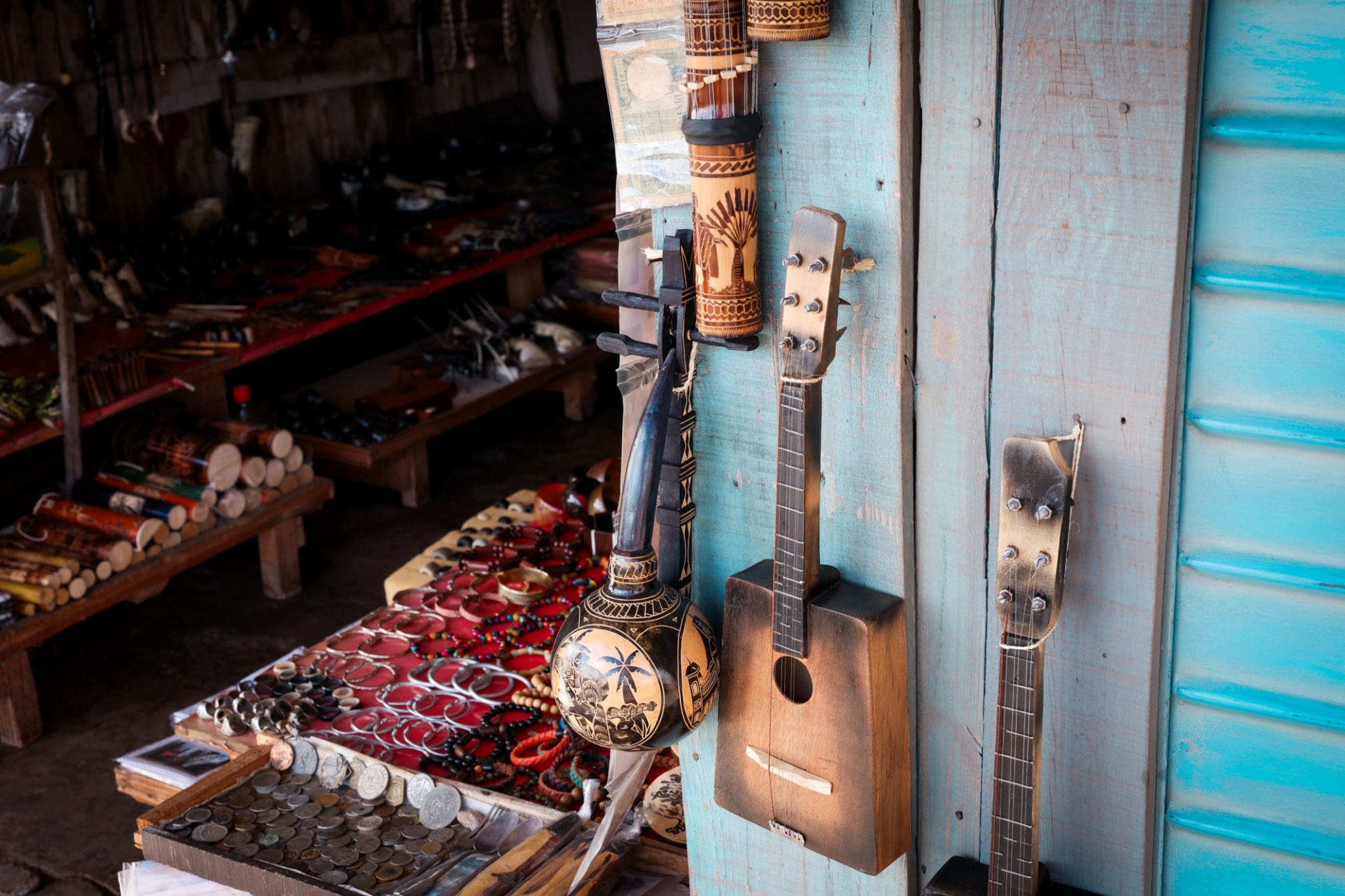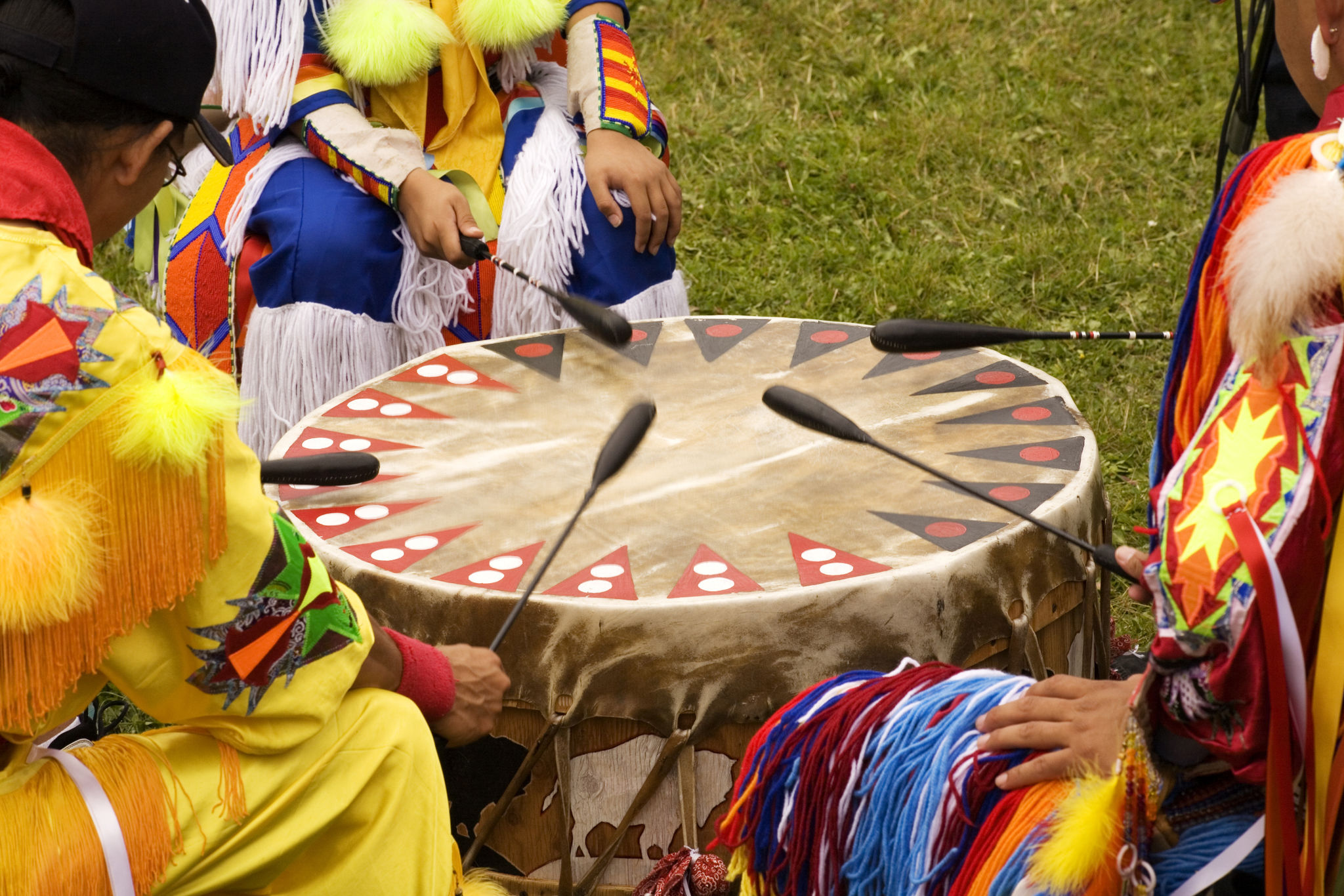A Guide to Indigenous Art and Artists in Canada
Understanding Indigenous Art
Indigenous art in Canada is a vibrant and diverse field that reflects the rich cultural heritage and traditions of its First Nations, Inuit, and Métis peoples. This art form encompasses a wide range of styles, techniques, and media, from traditional beadwork and carvings to contemporary installations and digital art. Exploring Indigenous art offers a profound insight into the history, struggles, and triumphs of these communities.
Each piece of Indigenous art tells a story or conveys a message, often deeply connected to the land and ancestors. It's essential to approach these works with respect and an understanding of their cultural significance. As you explore Indigenous art, you’ll discover themes of identity, resilience, and connection to nature.

Prominent Indigenous Artists
Canada is home to numerous Indigenous artists who have gained national and international recognition for their contributions to the art world. Among these renowned figures is Norval Morrisseau, often referred to as the "Picasso of the North." Morrisseau is celebrated for his vibrant paintings that depict the spiritual aspects of his Anishinaabe culture.
Annie Pootoogook, another influential artist, revolutionized Inuit art with her contemporary drawings that portray daily life in the North. Her work challenges traditional perceptions of Inuit art, offering a modern perspective on its cultural narratives.

Emerging Artists to Watch
Emerging artists are continually redefining Indigenous art in Canada. Names like Christi Belcourt and Kent Monkman have become synonymous with contemporary Indigenous art. Belcourt's intricate beadwork-inspired paintings celebrate nature and Indigenous knowledge, while Monkman's provocative installations challenge colonial narratives and highlight LGBTQ+ perspectives within Indigenous communities.
These artists, among others, are pushing boundaries and ensuring that Indigenous voices are heard in the broader art world. Their work not only preserves traditional techniques but also incorporates modern elements, creating a dynamic fusion that resonates with diverse audiences.

Exploring Indigenous Art Galleries
To truly appreciate Indigenous art, visiting galleries dedicated to showcasing these works is a must. The National Gallery of Canada and the Art Gallery of Ontario feature extensive collections of Indigenous art that span centuries. These institutions provide an immersive experience where visitors can learn about the different cultural contexts and artistic movements within Indigenous communities.
Smaller galleries and community centers across Canada also offer unique opportunities to view Indigenous art. Places like the Museum of Anthropology at the University of British Columbia and the Inuit Gallery of Vancouver specialize in both historical and contemporary pieces, offering a comprehensive view of the evolving landscape of Indigenous artistry.

Supporting Indigenous Artists
Supporting Indigenous artists is vital for the preservation and growth of their art forms. Purchasing artwork directly from artists or through reputable galleries ensures that artists receive fair compensation for their work. Additionally, attending exhibitions, workshops, and cultural events helps foster appreciation and understanding of Indigenous art.
Engaging with Indigenous artists on digital platforms is another way to support their work. Social media can serve as a valuable tool for discovering new artists and staying updated on their latest projects. By actively participating in these communities, individuals contribute to the sustained visibility and success of Indigenous art in Canada.

In conclusion, Indigenous art in Canada is a testament to the resilience and creativity of its people. By exploring its rich history and supporting its artists, we not only celebrate their cultural contributions but also ensure that these vital stories continue to be told for generations to come. Whether through traditional methods or contemporary expressions, Indigenous art remains an integral part of Canada's cultural tapestry.
